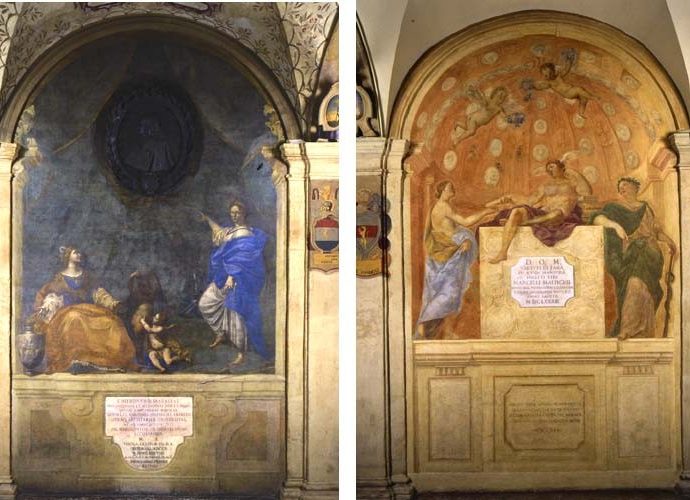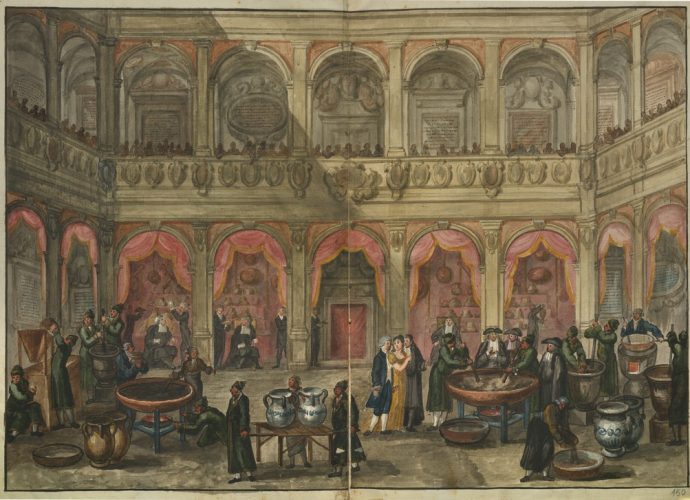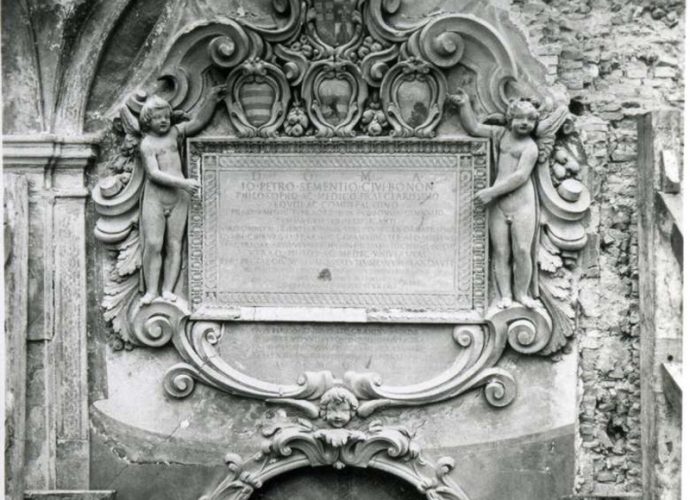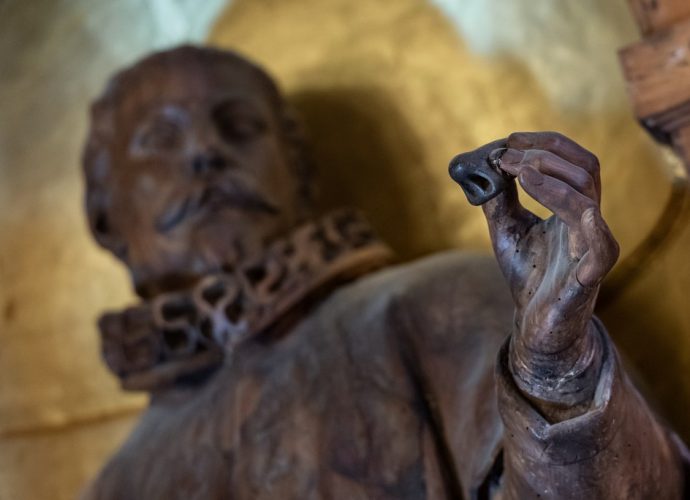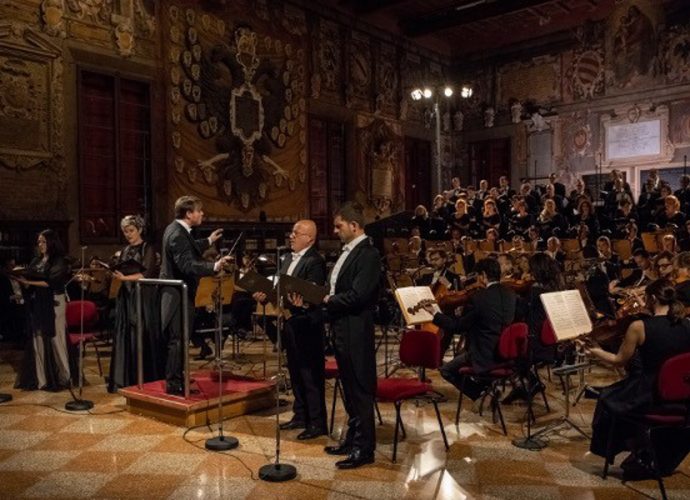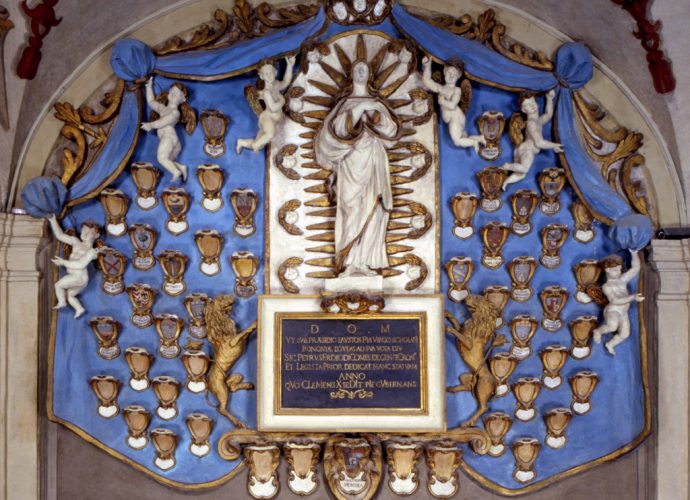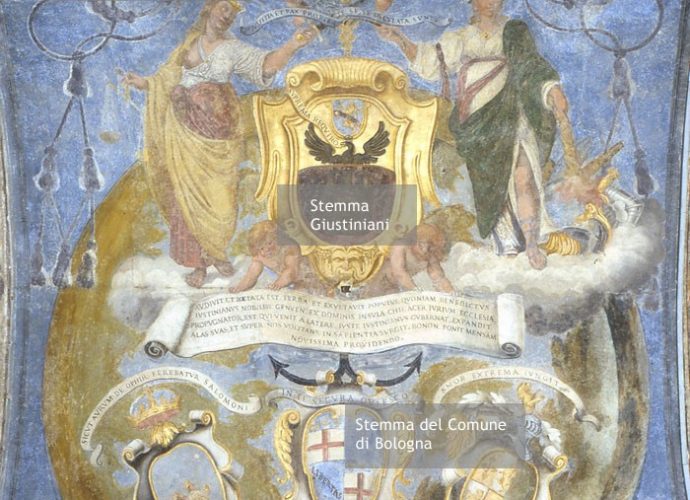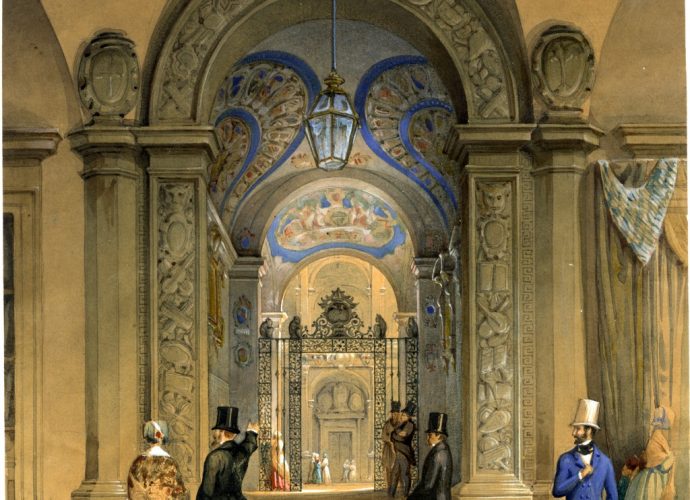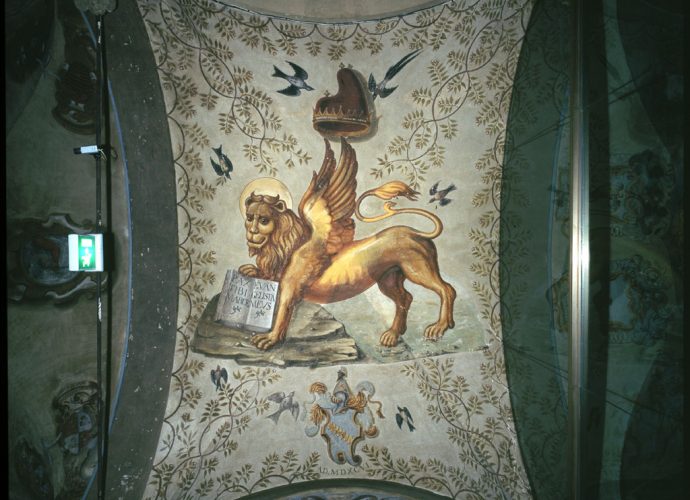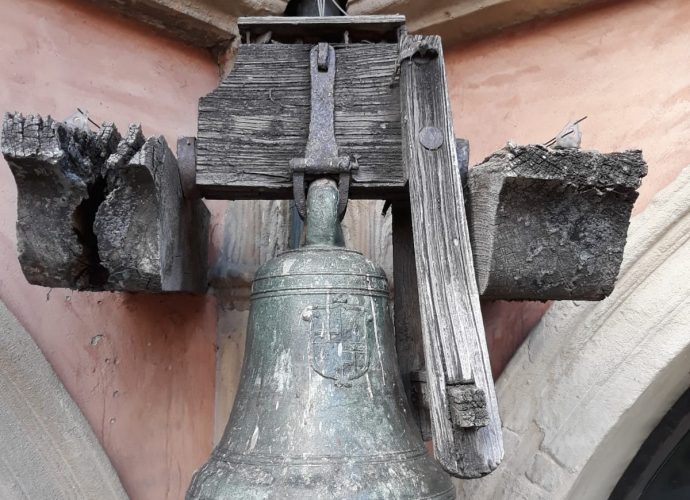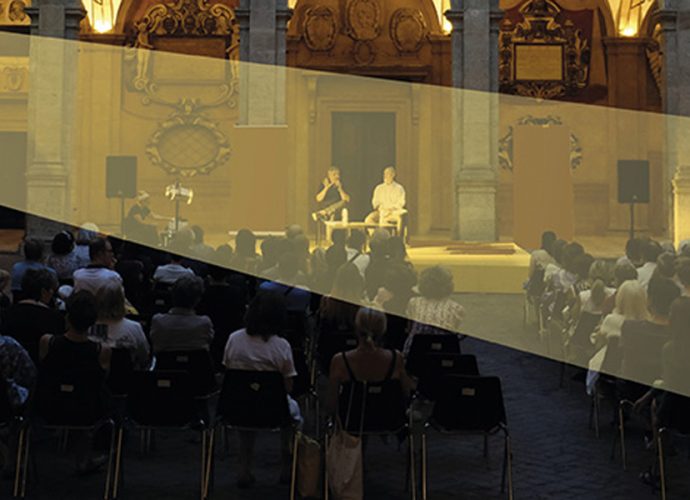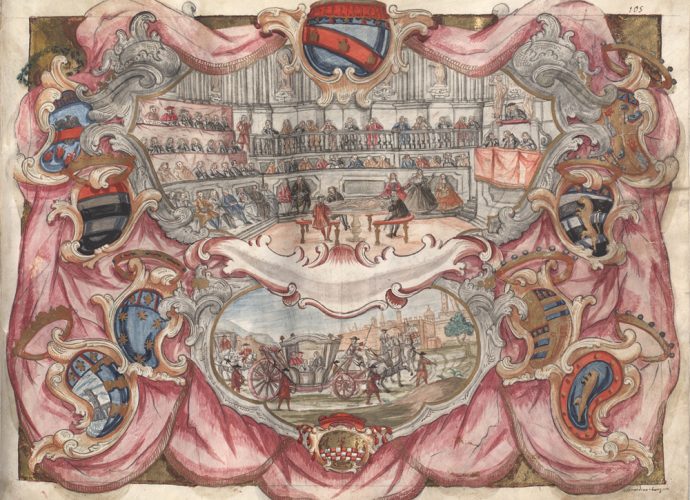Two contrasting memorials: Malpighi and Sbaraglia
The wall decorations of the Archiginnasio Palace are basically of two types: the students’ coats of arms and the memorials, that are about 140 decorations dedicated to the professors of the Bolognese Studio. The memorial dedicated to Giovanni Girolamo Sbaraglia. Sbaraglia held the chair of Anatomy and Medicine and he diedRead More →
